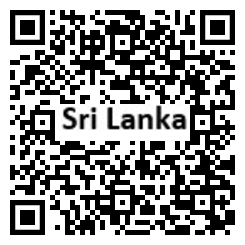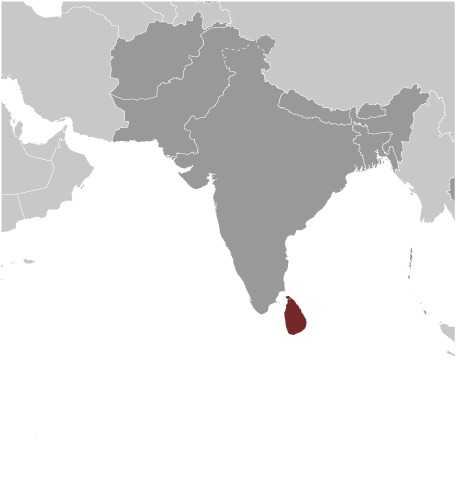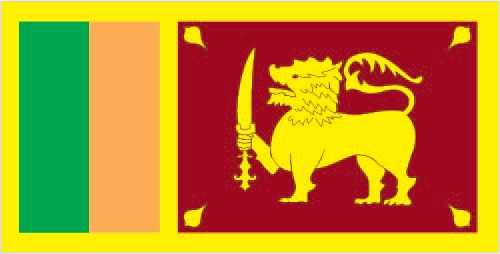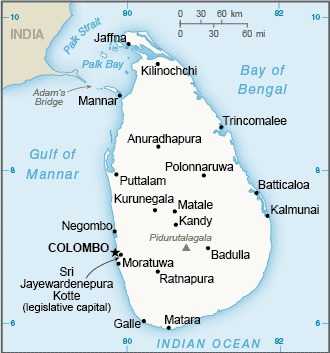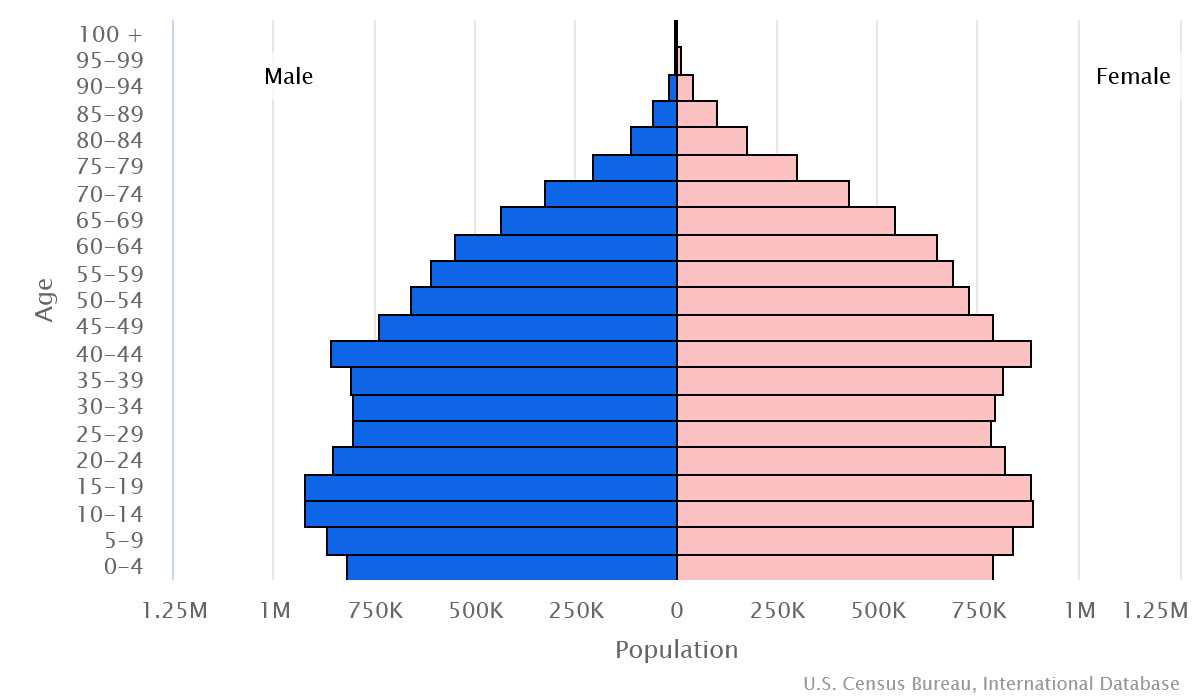Introduction
Background
The first Sinhalese arrived in Sri Lanka late in the 6th century B.C., probably from northern India. The island was ceded to the British in 1796, became a crown colony in 1802, and was formally united under British rule by 1815. As Ceylon, it became independent in 1948; the name was changed to Sri Lanka in 1972.
Geography
Area
total: 65,610 sq km
land: 64,630 sq km
water: 980 sq km
Climate
tropical monsoon; northeast monsoon (December to March); southwest monsoon (June to October)
Natural resources
limestone, graphite, mineral sands, gems, phosphates, clay, hydropower, arable land
People and Society
Population
total: 21,982,608
male: 10,642,043
female: 11,340,565 (2024 est.)
Ethnic groups
Sinhalese 74.9%, Sri Lankan Tamil 11.2%, Sri Lankan Moors 9.2%, Indian Tamil 4.2%, other 0.5% (2012 est.)
Languages
Sinhala (official and national language) 87%, Tamil (official and national language) 28.5%, English 23.8% (2012 est.)
Religions
Buddhist (official) 70.2%, Hindu 12.6%, Muslim 9.7%, Roman Catholic 6.1%, other Christian 1.3%, other 0.05% (2012 est.)
Population growth rate
0.39% (2024 est.)
Government
Government type
presidential republic
Capital
name: Colombo (commercial capital); Sri Jayewardenepura Kotte (legislative capital)
Executive branch
chief of state: President Ranil WICKREMESINGHE (since 20 July 2022); the president is both chief of state and head of government; Prime Minister Dinesh GUNAWARDENA (since 22 July 2022); note - prime minister functions as deputy to the president)
head of government: President Ranil WICKREMESINGHE (since 20 July 2022)
Legislative branch
description: unicameral Parliament (225 seats; 196 members directly elected in multi-seat district constituencies by proportional representation vote using a preferential method in which voters select 3 candidates in order of preference; remaining 29 seats, referred to as the "national list" are allocated by each party secretary according to the island wide proportional vote the party obtains; members serve 5-year terms)
Economy
Economic overview
economic contraction in 2022-23 marked by increased poverty and significant inflation; IMF two-year debt relief program following 2022 sovereign default; structural challenges from non-diversified economy and rigid labor laws; heavy dependence on tourism receipts and remittances
Real GDP (purchasing power parity)
$270.611 billion (2022 est.)
$293.581 billion (2021 est.)
$283.62 billion (2020 est.)
Real GDP per capita
$12,200 (2022 est.)
$13,300 (2021 est.)
$12,900 (2020 est.)
Agricultural products
rice, coconuts, plantains, tea, sugarcane, milk, cassava, fiber crops, maize, chicken (2022)
Industries
processing of rubber, tea, coconuts, tobacco and other agricultural commodities; tourism; clothing and textiles; mining
Exports
$16.169 billion (2022 est.)
$14.974 billion (2021 est.)
$13.083 billion (2020 est.)
Exports - partners
US 24%, India 8%, UK 7%, Germany 6%, Italy 4% (2022)
Exports - commodities
garments, tea, used rubber tires, rubber products, precious stones (2022)
Imports
$19.244 billion (2022 est.)
$21.526 billion (2021 est.)
$18.271 billion (2020 est.)
Imports - partners
India 34%, China 19%, UAE 5%, Malaysia 4%, Singapore 4% (2022)
Imports - commodities
refined petroleum, fabric, ships, cotton fabric, synthetic fabric (2022)
Exchange rates
Sri Lankan rupees (LKR) per US dollar -
Exchange rates:
198.764 (2021 est.)
185.593 (2020 est.)
178.745 (2019 est.)
162.465 (2018 est.)
152.446 (2017 est.)
Page last updated: Tuesday, May 14, 2024
